When it comes to Japan, the Land of the Rising Sun, the first thing that comes to mind is one of the country’s iconic symbols – the cherry blossom tree. It is not difficult to come across images of beautifully blooming cherry blossoms, painting the sky pink in Japan.

If you are a cherry blossom enthusiast and wish to set foot in Japan to enjoy the beauty of these flowers, don’t miss out on a masterpiece considered a national treasure of this country: the Jindai Zakura cherry tree.

Jindai Zakura – the national treasure of Japan.
During the period from late March to early May, people from all over the world eagerly flock to the Land of the Rising Sun to admire this “treasure” cherry blossom tree, showcasing its pink beauty under the spring sun. Why does this cherry tree attract so much attention? What makes Jindai Zakura so special that the Japanese government categorizes it as a national treasure?

Jindai Zakura (meaning “Sacred Generations” in Japanese) is a particularly ancient cherry blossom tree located in the Jisso-ji temple in Hokuto, Yamanashi Prefecture, Japan. Jindai Zakura belongs to the Edohigan cherry tree variety, standing nearly 12 meters tall with a trunk circumference of 11.8 meters.
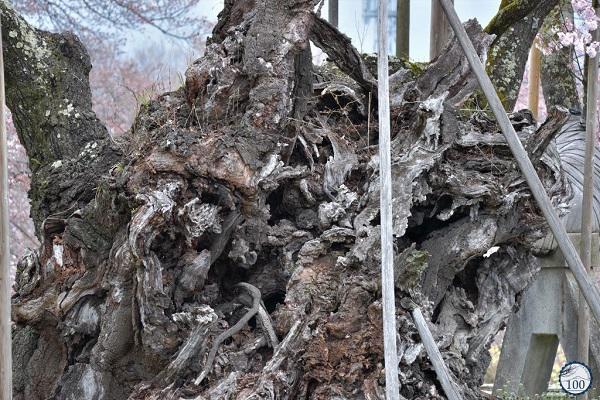
According to local legends, this tree has existed between 1800 and 2000 years, making it the oldest cherry blossom tree in Japan and the world. According to the legend, Jindai Zakura was planted by Yamato Takeru, also known as Prince Osu, the twelfth emperor of Japan from the late first century AD.
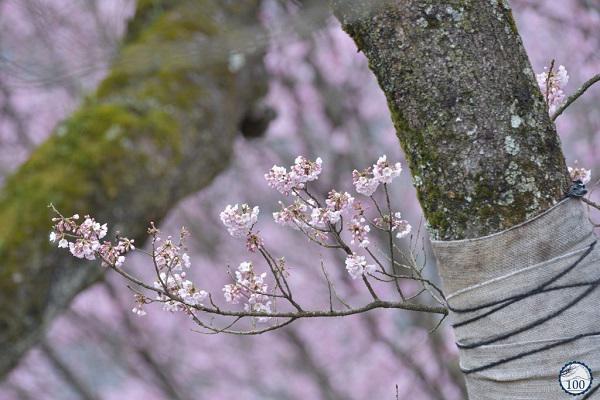
The tree stands tall at nearly 12 meters with a trunk circumference of 11.8 meters, particularly impressive with an age of 1800 years.
The massive trunk of the ancient tree has endured for thousands of years.
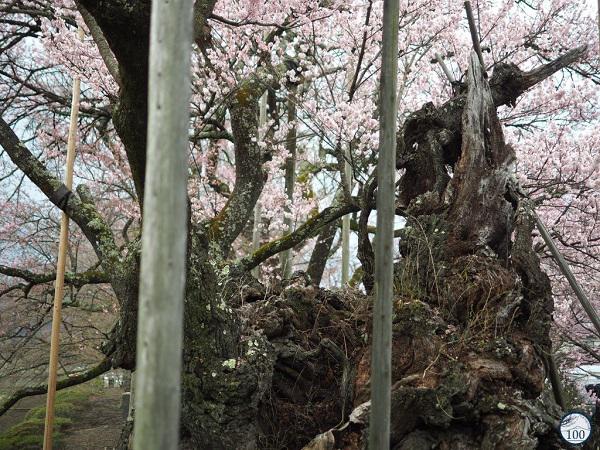
If we consider the existence of the legendary figure who planted this cherry blossom tree, Jindai Zakura is estimated to be at least 1800 years old, a number that astonishes anyone who hears it due to its immense age. Jindai Zakura is not only associated with historical stories, but according to the temple’s high priests, this cherry tree is also considered “sacred,” as its name suggests.

It is known that this cherry blossom tree was planted by the twelfth emperor of Japan and is associated with many sacred historical tales.
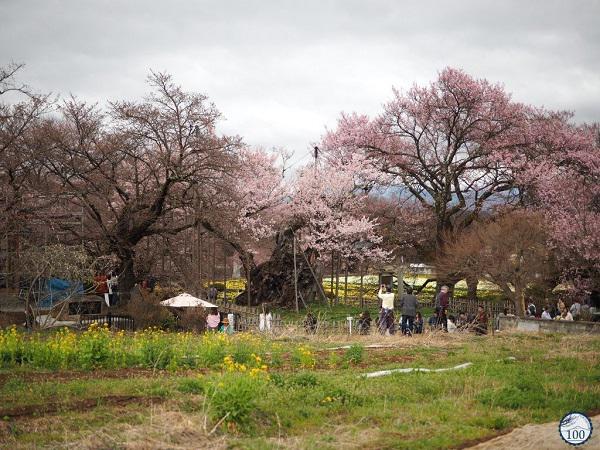
Old and ancient as it may be…
…every year, when spring arrives, Jindai Zakura blossoms in full glory, painting the skies of Japan pink.
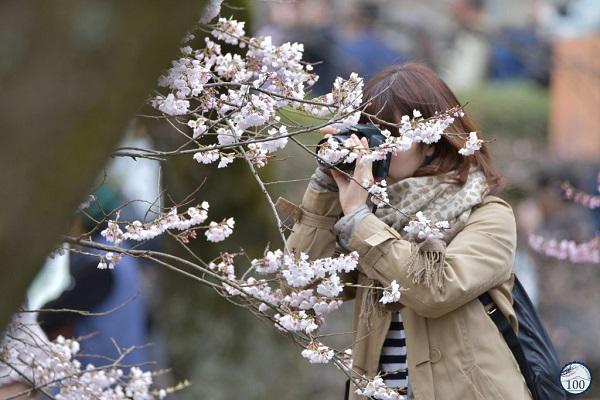
Jikiju Matsunaga, the head priest of Jisso-ji temple, shares the story of this special cherry blossom tree: “In the 12th century, Jindai Zakura was on the verge of withering. Everyone was very worried until the great master Nichiren, who became one of the great masters of Buddhism, came and prayed. Thanks to the Buddha’s blessing, the tree revived and has lived until today.”
Because of these special reasons, Jindai Zakura is classified by the Japanese government as a national treasure that needs to be preserved. Regardless of its impressive “old” age, this cherry blossom tree continues to grow and bloom magnificently every spring, captivating numerous tourists who come to admire it.
Every year, Jindai Zakura attracts many tourists who come to admire the blossoms and visit Jisso-ji temple.
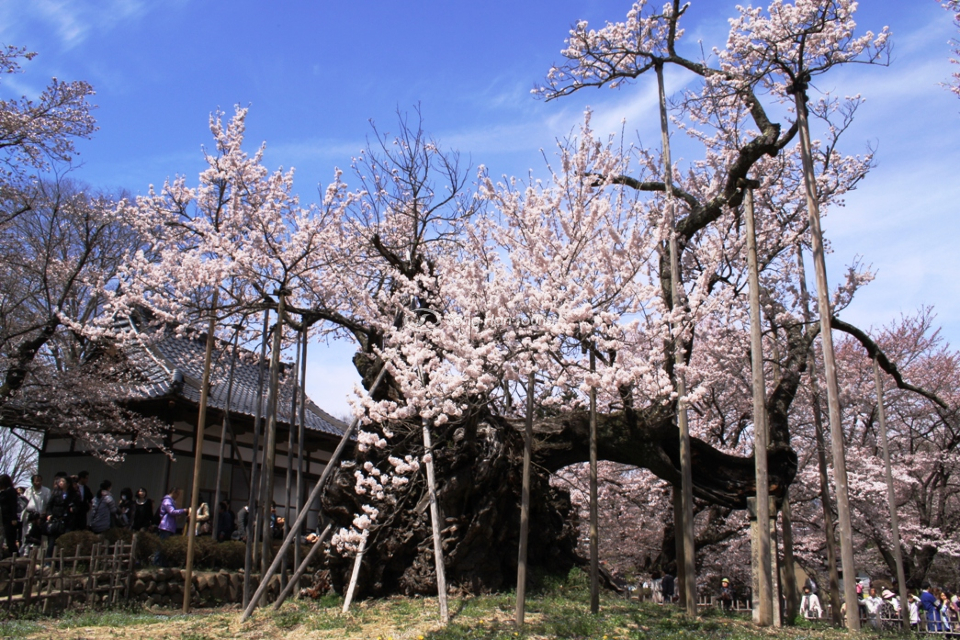
Tourists don’t forget to capture the most beautiful images of the blooming cherry blossoms.
Or take commemorative photos next to this national treasure ancient cherry blossom tree.
In addition to Jindai Zakura in Hokuto, estimated to be 1800 years old, Japan also possesses two other treasured cherry blossom trees: Usuzumi Sakura Motosu in Gifu Prefecture, estimated to be around 1500 years old, and Miharu Takizakura in Fukushima Prefecture, approximately 1000 years old.
If you have the opportunity to visit beautiful Japan, do not miss the period when Jindai Zakura blooms, around April 3rd to 11th.